#shabnam virmani
Explore tagged Tumblr posts
Text
On ‘Southasian’ artistic consciousness, solidarity and a network of peacemongers
Prominent artist Salima Hashmi writes about how Madanjeet Singh's inspiring legacy continues through South Asia Foundation, uniting young peacemakers from diverse backgrounds. A beacon of hope in a divided world.
Having escaped communal violence in Lahore, 1947, thanks to a kindly ‘tongawalla’, a young man who went on to become a UNESCO Goodwill Ambassador set up a foundation with the dream of creating networks of peacemakers. His legacy continues By Salima Hashmi It is 1947. A young student from the renowned Government College, Lahore, is on the run, trying to escape communal riots. He is easily…
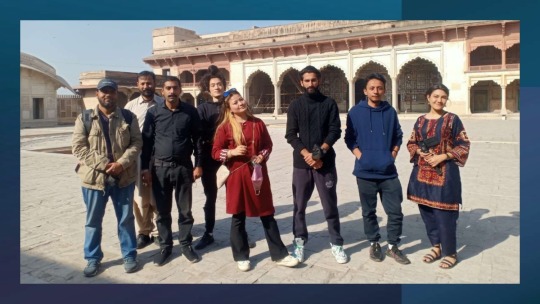
View On WordPress
#Amar Kunwar#Arts and Design#Ayesha Sultana#Bangaldesh#Basir Mahmood#David Alesworth#Gwen Kulick#Hema Sheroni#Huma Mulji#india#Julia Ahmed#Kiran Khan#Koshal Hamal#lahore#Madanjeet Singh#Mainul Islam Tharmalingam#Malcolm Hutchison#maldives#Moonis Shah#pakistan#Pradeep Thalawatta#Risham Syed#saarc#Saiful Haq#salima hashmi#Shabnam Virmani#Sher Ali#Sophie Ernst#south asia#Sri Lanka
0 notes
Text
Tu Jhoom - Shabnam Virmani #tujhoom #bullehshah #shorts
1 note
·
View note
Text
Post # 122
Three passengers on a Kabir train
Passenger # 1 : Prahalad Singh Tipanya
In 1978, a 24-year young Dalit government school teacher in a village called Luniyakhedi in Ujjain district of Madhya Pradesh, heard the Tanpura (or Tambura) for the first time in his life and was so captivated by it that he started off on the journey of his life. His name was Prahlad Tipaniya.

Through the Tambura, Prahlad Tipaniya entered the world of Kabir. The words of this fifteenth-century saint-poet are sung in village after village by hundreds of bhajan mandalis, whose have kept alive the oral tradition of singing Kabir’s poetry for the past 600 years. Prahladji entered this world of all-night bhajan sessions as a learner. Over four decades later, he is a household name.
Prahaladji sings in a powerful Malwi style, yielding the Tanpura and the Kartal himself. His troupe consists of accompanying singers and instrumentalists playing manjira, dholak, harmonium, timki and violin. His music is not just entertaining, he connects with his audience at a spiritual level, with dialogues and simple explanations. It spreads Kabir's message - to rise above petty divisiveness, empty ritualism, and the need to adopt love as the ultimate religion.
He is a Malwa Ratna, a Sangeet Natak Academy awardee and a Padma Shree.
In 1997, Prahladji set up the Kabir Smarak Seva Shodh Sansthan (Kabir Memorial Service and Research Institute), on a plot of land granted to him by the state government adjoining his home in Lunyakhedi village. He calls this land Kabir Nagar and organizes an annual event, where thousands congregate to listen to Kabir’s words through bhajans and discourses by gathered singers and spiritual leaders.

In 2010, he started the annual Malwa Kabir Yatra, a 5-day event, which carries musicians, listeners, travelers, seekers, nomads, old, young, rich and poor together, at the same time, on the same path, making Kabir a religion of the people.

That was Passenger # 1 - Prahalad Singh Tipanya.
Passenger # 2 : Shabnam Virmani
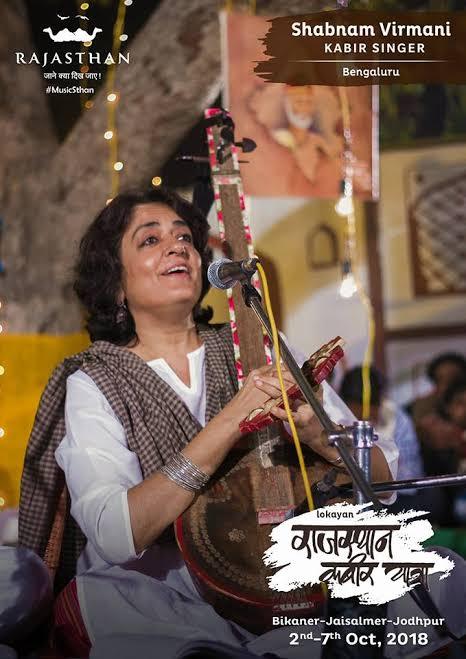
Shabnam Virmani began her career in journalism in The Times of India, Jaipur in 1987. Just a few months later, she made history when she wrote about the infamous Roop Kanwar’s Sati, in Deorala, Rajasthan. Her article became one of the triggers for a vibrant women’s movement that led to the ban on Sati. However, she decided to quit journalism. Later, she won a scholarship to do a Masters degree in Development Communication at the Cornell University and became a film-maker. Her impactful documentaries like When Women Unite, about the successful anti-liquor movement of rural women in Andhra Pradesh and Tu Zinda Hai, which was about successful women activists of Madhya Pradesh, have won many hearts as well as prestigious awards and honors. Drishti Media, Arts, and Human Rights was co-founded by Shabnam, in 1993, in Ahmedabad, Gujarat.
In 2002, she was living in Ahmedabad, when Godhra happened. Hindus and Muslims clashed. She was dabbling with Kabir at that time. And Kabir seemed to say to her - Sadho, dekho jag bauraya- O seekers! see the world’s gone mad. And she set out on a series of journeys, camera in hand, venturing into diverse socio-cultural, religious and musical landscapes, meeting with people who sing, love, quote, revere and make meaning of Kabir. One such person, who became her guru was a Malwi musician from Madhya Pradesh - Prahalad Tipanya.
So, as though nudged by Kabir himself, she made four documentary films.
Had-Anhad: Journeys with Ram and Kabir probes the divides created by religion and nationalism.
Koi Sunta Hai: Journeys with Kumar and Kabir probes the boundaries we create in the realms of knowledge, art and music, in forms of Gharanas, and how some people like Kumar Gandharva and Kabir, challenged them and crossed-over.
Chalo Hamara Des: Journeys with Kabir and Friends shows a friendship between a rural Dalit folk singer, Prahlad Tipanya and an American scholar, Linda Hess.
Kabira Khada Bazaar Mein: Journeys with Sacred and Secular Kabir probes the ironies, compulsions and contradictions that unfold in Kabir Panthis (ones who walk the talk of Kabir).

One of her most touching endeavors is the Kabir Project. The Kabir Project is a series of journeys in quest of Kabir and other Bhakti, Sufi and Baul poets. These journeys inquire into mystic poetry of these saints through songs, images and conversations, curated through documentary films, music CDs, books, urban festivals, rural yatras, workshops and courses and a web archive called Ajab Shahar.
That was Passenger # 2 - Shabnam Virmani.
Passenger # 3 : Linda Hess
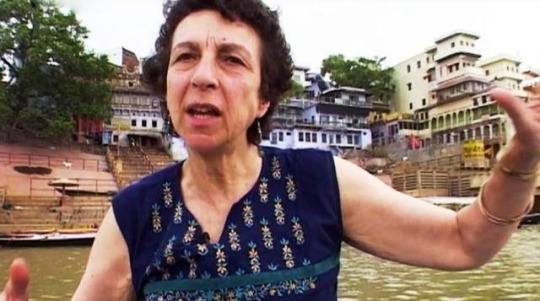
Dr. Linda Hess was, for 21 years, till she retired in 2017, a Senior Lecturer in the Department of Religious Studies, Stanford University. And she is a scholar, writer, devotee and lover of Kabir.
She was born and raised in a Jewish family. When she was 21, she "got the call" and moved to India. She says she fell in love with Kabir immediately. "He was sharp, funny, vivid and astonishing. What you didn’t want to hear, he would say—over and over, in your face. But you liked it because, really, you did want to hear it.”
She says she started reading other Bhakti poets of North India - Mirabai and Tulsi Das - but couldn't connect with their Saguni mode of Bhakti. Kabir and his Nirguni nuggets of wisdom appealed to her a lot more. She listened to the two most popular forms of Kabir poetry - Dohas and Bhajans.
The two people who touched her the most were - the same old Malwi folk singer, Prahalad Tipanya, and Kumar Gandharva. Unfortunately, she couldn't meet Kumar Gandharva in person, but after he died, she visited his family and they graciously welcomed her and gave her access to rare work of Kumar Gandharva on Kabir.
Linda Hess is best known for her book - The Bijak of Kabir - widely accepted as the best translation of Kabir poetry in English, and a couple of other books.
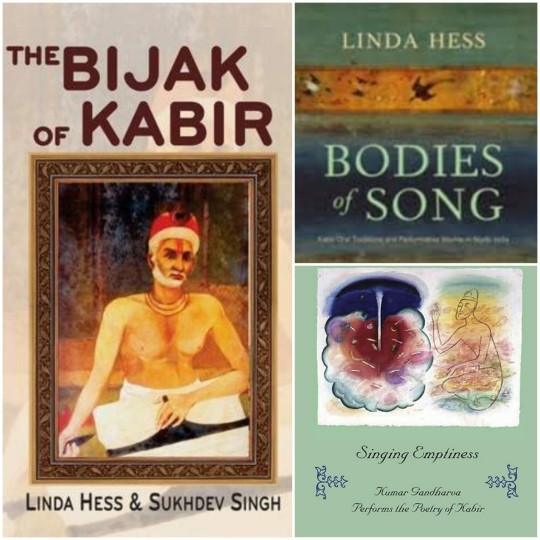
From 2002, Linda started to focus on oral traditions rather than printed texts, spending extended periods of time in India with singers. Hence began her association with Shabnam Virmani. Linda joined the Kabir project bandwagon as a consultant and has been a co-passenger ever since.
That was Passenger # 3 - Linda Hess.
These three passengers boarded the Kabir Express at different times in their lives, took some time to settle down on their berths and get to know each other. But once they did, they created some magic!
Listen to some pure, 24-carat-gold music! Have fun trying to spot Linda in the video. Of course, this video is Shabnam's Ajab Shahar production.
youtube
#kabir#prahlad singh tipanya#prahlad tipanya#lujiyakhedi#tambura#tanpura#malwi#padma shri#kabir smarakseva shodh sansthan#kABIR NAGAR#malwa kabir yatea#shabnam virmani#cornell university#godhra#documentary film#kabir project#ajab shahar#roop kanwar's sati#linda hess#stanford university#nirguni#the bijak of kabir
8 notes
·
View notes
Photo



1 note
·
View note
Photo



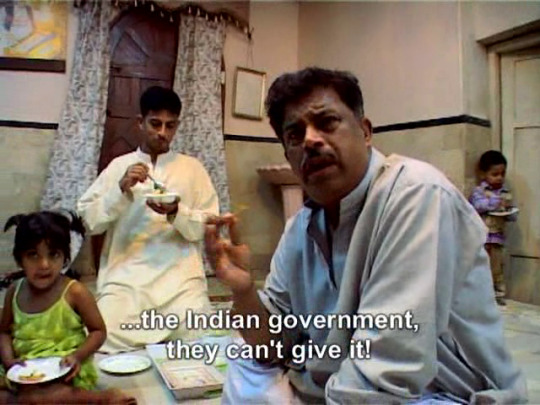

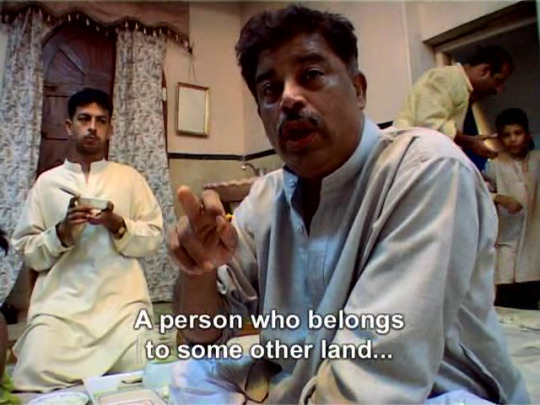

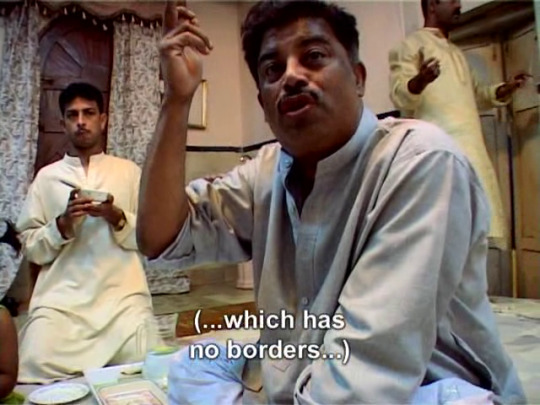
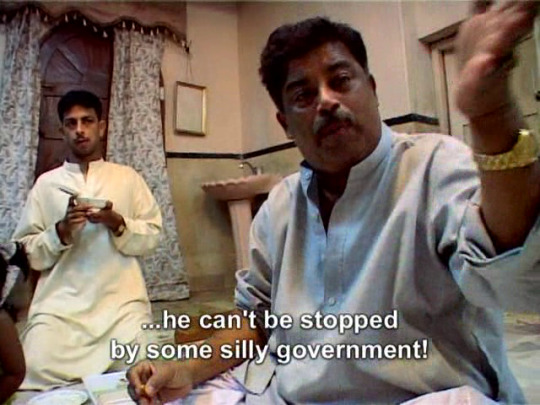

The great qawwal Ustad Fariduddin Ayaz on Kabir in Had-Anhad, Bounded-Boundless (2007).
635 notes
·
View notes
Photo

New books by Shabnam Virmani & Vipul Rikhi and by AK Bhattacharya #ISawMyself #Journeys with #ShahAbdulLatifBhitai #TheRiseofGoliath #newbooks (at INDULGE) https://www.instagram.com/p/B0DkfmYFxwY/?igshid=kvvxjqvf7ghe
0 notes
Text
Identity and Conflict
The root to all conflict is identity – Shabnam Virmani, The Kabir Project.
I always found it exceptionally difficult to introduce myself. Whenever I’d meet someone new, they’d introduce themselves as their job. “Hi, I’m David. I’m a doctor”, “Hi, I’m Alex. I’m an accountant”. I, however, have always felt that it is very limiting to introduce myself as my job. I wasn’t merely that, but the…
View On WordPress
#caste#colour#community#conflict#ethnicity#identity#label#patriotism#pride#privilege#race#religion#who am i
0 notes
Text
FILMMAKER NANDITA DAS & RADIO RACONTEUR NEELESH MISHRA ARE AMONG STORYTELLERS IN BHUFESTO :
FILMMAKER NANDITA DAS & RADIO RACONTEUR NEELESH MISHRA ARE AMONG STORYTELLERS IN BHUFESTO :
Storytellers in various genres — filmmakers Nandita Das and Shabnam Virmani, journalist-radio raconteur Neelesh Misra, and author Deepa Kiran — will feature in BhuFesto, a five-day storytelling festival starting here on Thursday.BhuFesto is part of the larger “.FEST”, Bhubaneshwar’s 16-day festival of food, entertainment, stories and city trails, organised by Bhubaneswar Development Authority and…
View On WordPress
0 notes
Text
Making Kabir your own - The Hindu
Making Kabir your own – The Hindu
[ad_1]
On a warm Tuesday morning, in a small, packed room, Shabnam Virmani picks up the five-string tambura which she has learnt to play herself. It is a few weeks after the commemoration of Kabir’s death anniversary in North India, especially in Maghar where he is buried. “Let go off the historical Kabir,” she urges the audience. “Let’s stop arguing about where he was born, which language he…
View On WordPress
0 notes
Link
This website features excepts from a film by Shabnam Virmani Language: Hindi & Urdu with English Subtitles Duration: 103 min Kabir was a 15th century mystic poet of north India who defied the boundaries between Hindu and Muslim. He had a Muslim name and upbringing, but his poetry repeatedly invokes the widely revered Hindu name for God – Ram. Who is Kabir’s Ram? This film journeys through song and poem into the politics of religion, and finds a myriad answers on both sides of the hostile border between India and Pakistan.
7 notes
·
View notes
Video
youtube
Soulful Kabir Bhajan | Kalaam-e-Kabir with Shabnam Virmani | Jashn-e-Rekhta
1 note
·
View note
Audio
from Koi Sunta Hai: Journeys with Kumar and Kabir (2008)
7 notes
·
View notes